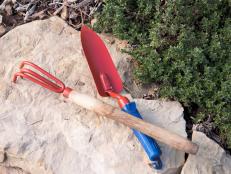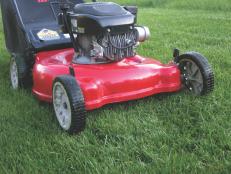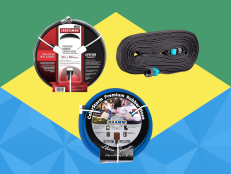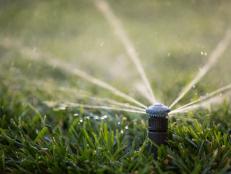Cleaning and Sharpening Tools
Regular care will help your garden tools last longer and perform better. Follow these steps to keep your tools in top condition all season long.
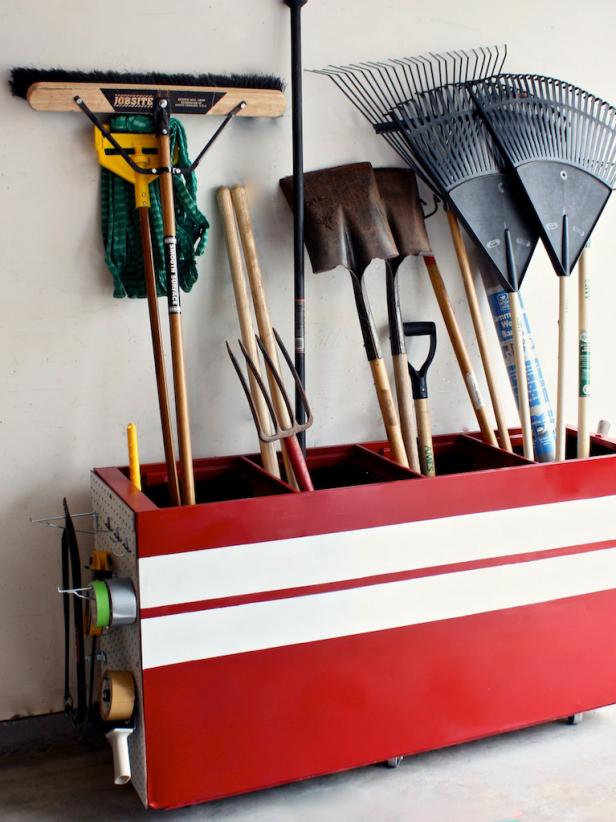
Haydee Letonja
Materials Needed
- garden tools
- wire brush
- fine steel wool
- medium-grit sandpaper
- safety glasses
- whetstone
- mill bastard file and/or whetstone
- light machine oil
- boiled linseed oil
- rags
- stiff-bristled brush
- liquid or spray plastic coating
Step 1: Clean Tools
Dirt and sap left on garden tools contribute to the spread of soil-borne diseases and weeds; they also attract and hold moisture, leading to the spread of rust. If your tools have moving parts, such as with pruners, shears, and loppers, disassemble them first. Clean accumulated rust and dirt off all metal surfaces with a wire brush. Remove stubborn rust from small tools with fine steel wool. Use medium-grit sandpaper to remove rust on larger tools such as shovels, spades, and hoes.
Step 2: Sharpen Pruners
Once your tools are clean, they're ready to be sharpened. When sharpening, try to maintain the original factory bevel or angle. For pruners, use a whetstone because it produces a very sharp cutting edge. Depending on the type of whetstone, apply a few drops of oil or water to the stone. With the beveled side of the blade against the stone, rub the sharp edge of the blade toward the stone in a curved motion, as if you were trying to shave off a thin slice from the stone. Sharpen only the beveled side of a blade, though you should remove burrs on the flat side.
Step 3: Sharpen Other Tools
Use fine- and medium-grit, single-cut mill bastard files in succession to sharpen shears, loppers, shovels, spades, and hoes. When working with a file, stabilize the blades in a vise or against a solid surface such as a work bench to avoid injury and ensure an even stroke. Always push the file across the blade in a motion away from your body and don't drag a mill bastard file backward over the blade on the return stroke. Move the file diagonally, so that its cutting teeth are biting into the metal on the tool. When sharpening with a file, do not use oil; metal filings will accumulate and clog the file's serrations.
Step 4: Add Final Touches
Lubricate all clean, sharpened metal blades and the heads of shovels, hoes, and rakes with a light machine oil or a synthetic oil. Once a year, take the time to recondition your tool handles. Clean wooden handles with a stiff-bristled brush, smooth nicks and splinters with medium-grit sandpaper, and coat handles with boiled linseed oil to help prevent future splintering. If plastic-coated handles are wearing thin, remove the coating with a craft knife and replace it with a liquid or spray plastic coating. Once the handles are in good shape, reassemble the tools.






